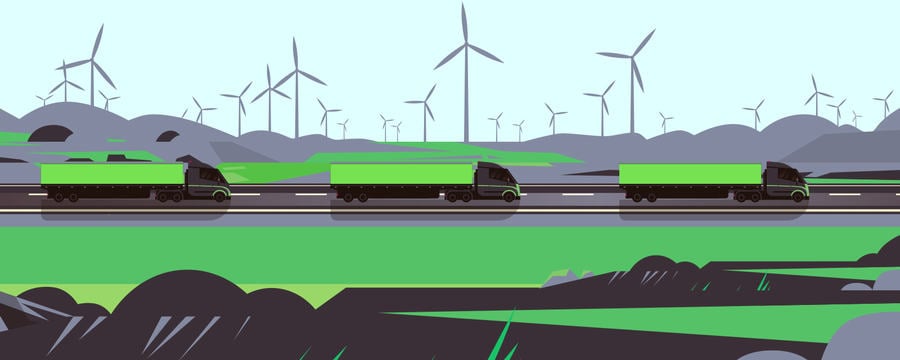How and Why to Integrate Sustainable Business Principles
In this article, you will be introduced to the concept of sustainable procurement and will explore how and why businesses can integrate sustainable principles into their traditional procurement practices.
A journey of a thousand miles begins with a single step.Laozi, Chinese philosopher (604-531 BCE)
Defining sustainable procurement
…acquisition of goods and services in a way that ensures that there is the least impact to society and the environment throughout the full life cycle of the product.(Meehan and Bryde 2011)
…achieve optimal value for money in delivering development objectives.(World Bank 2019)
…generate benefits to the organisation and the society whilst minimising damage to the environment.(CIPS 2009)
The procurement process
| Step name | Step description |
| 1. Initial considerations | Identify the main development need and the outcomes to be achieved |
| 2. Market research and planning | Research the supply market, determine optimum procurement method and decide how to approach the market |
| 3. Procurement process design | Specify requirements, develop evaluation method and prepare to go to market |
| 4. Sourcing process | Approach the market, select the most advantageous bid/proposal and award contract |
| 5. Contract implementation | Proactively manage contract implementation |
| 6. Check | Review project implementation using Key Performance Indicators. What are the lessons learned? |
Why should businesses adopt sustainable procurement practices?
1. Financial
2. Risk management
3. Commitments and goals
4. Stakeholders’ expectations
5. Attractiveness
Benefits of sustainable procurement practices
Challenges of sustainable procurement practices
Ecolabels
| Label type | Description |
| Official ecolabels | These are accredited by a public organisation which checks whether various ecological criteria have been fulfilled |
| Private ecolabel | These are designated by national and international private entities, based on ecological regulation |
| Self-declared ecolabels | These are self-proclaimed designations that technically cannot be verified |
References
Active Sustainability (2018) ‘How to Use Ecolabels’. Acciona [online]. available from https://www.activesustainability.com/sustainable-life/how-to-use-ecolabels/ [8 July 2019]
CIPS (2009) ‘Sustainable Procurement Knowledge Summary’. CIPS Knowledge Works [online]. UK Chartered Institute of Procurement and Supply. available from https://www.cips.org/en-GB/knowledge/procurement-topics-and-skills/sustainability/sustainable-and-ethical-procurement/sustainable-procurement/ [8 July 2019]
DEE (2018) ‘Sustainable Procurement Guide’. Australian Government, Department of Environment and Energy [online]. Commonwealth of Australia 32. available from http://www.environment.gov.au/protection/waste-resource-recovery/publications/sustainable-procurement-guide [8 July 2019]
Gatari, C. N., and Were, S. (2014) ‘Challenges Facing Implementation of Green Procurement in Manufacturing Sector in Kenya: A Case Study of UNGA Limited in Kenya’. European Journal of Business Management 2 (1), 1-11
Gormly, J. (2014) ‘What are the Challenges to Sustainable Procurement in Commercial Semi-state Bodies in Ireland?’ Journal of Public Procurement 14 (3), 395-445
IAPWG (2006) ‘Sustainable Procurement’. in UN Procurement Practitioner’s Handbook [online]. Interagency Procurement Working Group (IAPWG). available from https://www.ungm.org/Areas/Public/pph/ch04s05.html [8 July 2019]
Meehan, J., Bryde, D. (2011) ‘Sustainable Procurement Practice’. Business Strategy and the Environment 20 (2), 94-106
World Bank (2019) Sustainable Procurement. An Introduction for Practitioners to Sustainable Procurement in World Bank IPF Projects. 2nd edn. Washington DC: The World Bank, 60
Share this
Sustainability and Green Logistics: An Introduction

Sustainability and Green Logistics: An Introduction


Reach your personal and professional goals
Unlock access to hundreds of expert online courses and degrees from top universities and educators to gain accredited qualifications and professional CV-building certificates.
Join over 18 million learners to launch, switch or build upon your career, all at your own pace, across a wide range of topic areas.
Register to receive updates
-
Create an account to receive our newsletter, course recommendations and promotions.
Register for free







